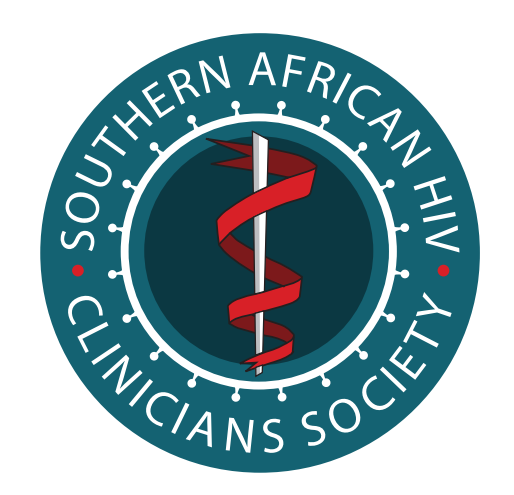Original Research
Association of HIV prevalence and concurrency of sexual partnerships in South Africa’s language groups: An ecological analysis
Southern African Journal of HIV Medicine | Vol 14, No 1 | a99 |
DOI: https://doi.org/10.4102/sajhivmed.v14i1.99
| © 2013 Chris Kenyon
| This work is licensed under CC Attribution 4.0
Submitted: 12 December 2013 | Published: 26 February 2013
Submitted: 12 December 2013 | Published: 26 February 2013
About the author(s)
Chris Kenyon, STI/HIV Unit, Institute of Tropical Medicine, Antwerp, Belgium, and Division of Infectious Diseases and HIV Medicine, Faculty of Health Sciences, University of Cape TownAbstract
Background. There is considerable variation in HIV prevalence between different language groups in South Africa (SA). Sexual partner concurrency has been linked to the spread of HIV, but its effect on differential HIV transmission within SA’s language groups has not been investigated quantitatively.
Objective. This ecological analysis was intended to explore the degree to which the variation in HIV prevalence according to language group can be explained by differential concurrency rates.
Method. Linear regression was used to assess the association between each language group’s HIV prevalence and four risk factors: the prevalence of concurrency, multiple sexual partners in the preceding year, circumcision, and condom utilisation.
Results. In multivariate analysis, only the point prevalence of concurrency remained associated with HIV prevalence.
Conclusion. There is evidence of a high prevalence of point concurrency in sexual partnerships in SA’s most HIV-affected language groups. Together with evidence that relatively small decreases in concurrency can lead to large declines in HIV incidence, this provides impetus for interventions to promote having only one sexual partner at a time.
S Afr J HIV Med 2013;14(1):25-28. DOI:10.7196/SAJHIVMED.884
Objective. This ecological analysis was intended to explore the degree to which the variation in HIV prevalence according to language group can be explained by differential concurrency rates.
Method. Linear regression was used to assess the association between each language group’s HIV prevalence and four risk factors: the prevalence of concurrency, multiple sexual partners in the preceding year, circumcision, and condom utilisation.
Results. In multivariate analysis, only the point prevalence of concurrency remained associated with HIV prevalence.
Conclusion. There is evidence of a high prevalence of point concurrency in sexual partnerships in SA’s most HIV-affected language groups. Together with evidence that relatively small decreases in concurrency can lead to large declines in HIV incidence, this provides impetus for interventions to promote having only one sexual partner at a time.
S Afr J HIV Med 2013;14(1):25-28. DOI:10.7196/SAJHIVMED.884
Keywords
Sexual network, ecological, circumcision, condom, multiple-partners.
Metrics
Total abstract views: 3241Total article views: 3860
